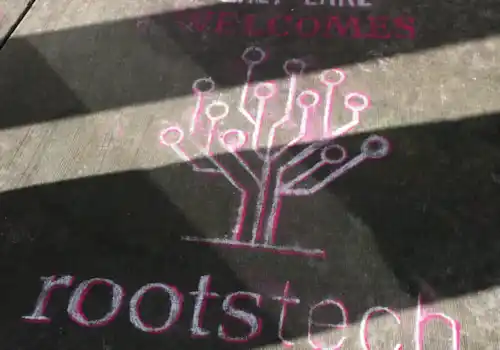02 February 2023
|
Phil Isherwood explains how creating a family history timeline could help you untangle a family history mystery.
Have you hit a snag in your research? Struggling to overcome a problem in your family tree? To find an answer, you must first have a clear question. So, our first step is to be as specific as possible about what we’re trying to discover.
Write down as complete and specific a description of your research question as you can, including details of NAMES, likely PLACES and possible DATE ranges.
- NAME: Do you know the name or names of the people involved?
- PLACE: Do you know the probable location of the event you’re trying to find?
- DATE: Do you know the possible range of years in which the event is likely to have occurred?
It sounds obvious, but by being explicit in stating names, places and dates, we immediately improve our chances of success. If you’re unable to list these three basic factors, this is a clue that the research question itself may need some refinement.
Build a timeline of known information
The next step is to list everything you know about your target individual in a timeline. By a timeline, I mean a table that lists the known events for this individual in date order.
Now take an honest look at your timeline. Have you collected all the available, relevant information about your research target? Are there gaps?
It isn’t necessary to find every life event to answer simple questions. But the more challenging the question, the greater the need for fuller research.
Where are the gaps? What events might be missing?
Here are some examples of missing events you should check for in your timeline:
- Birth/baptism
- Marriage(s)
- Birth/baptisms of all children
- Death/burials of spouse(s)
- Death/burial of research target
- All census entries during the lifetime of the research target, spouse(s) & their children
- Census substitutes: electoral registers, poll books, tax records, militia records
- Wills and Administrations
- Education records
- If male: apprenticeship
- Records, military records,
- Occupational records
- If female: did they practice a trade or craft before marriage?
Once you start to focus on the gaps, ask yourself: How many gaps are there? How large are they? How significant are they? Are there any inconsistencies? Are the gaps impeding my research objective?
Often, the reason a search fails is because there is some clue, buried in a record we initially see as tangential, that points the way to the solution. So, it’s well worth interrogating your timeline and scrutinising the gaps. Are they part of the reason you’re struggling to solve the problem?
In general, if you have large gaps in a timeline, it’s a danger signal. A little alarm should be going off in your head, saying “You haven’t learned enough about this research target!”.
Text adapted from an in-depth article on creating a research plan by Phil Isherwood, in the March 2023 issue of Family Tree magazine.
About the author
Phil Isherwood is a family history speaker and writer alongside his full-time career in the IT industry. He is a family history advisor for Oxfordshire FHS and co-founder of Pro-Am Genies, a networking group for professional and aspiring genealogists. You can follow him on Twitter: @isherwood_phil.








